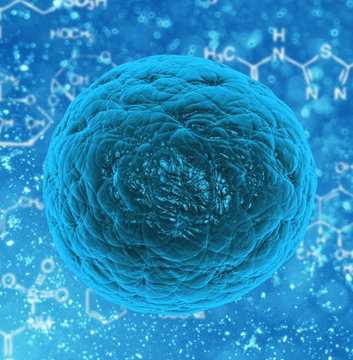
“My surgery and radiation really saved my life,” Rashenna Phinisse who is a breast cancer patient said. Phinisse was breastfeeding her baby when she found the lump. The 36-year-old had stage three breast cancer.
“Terrifying. You’re confused you go through a wave of emotions you don’t know if you’re going to live or you’re going to die,” Phinisse said.
Survival rates are improving according to the largest study of its kind. Women diagnosed with early breast cancer are 66% less likely to die from the disease than they were 20 years ago, and most can expect to become long-term survivors.
“Mammograms are your best way of being diagnosed early and saving your own life,” Dr. Marisa Weiss, Director of Breast Radiation Oncology Lankenau Medical Center, Main Line Health said.
Dr. Weiss says the study is encouraging but only covered women in England where there’s socialized medicine and fewer minorities.
Still in this country, many people will benefit from early detection and have the same positive outcome as people in England. Like with all cancer better survival rates depends on early detection and advances in treatment.
“We have better diagnostics tests to know the genetics in the cancer,” Dr. Weiss said.
Dr. Weiss has seen the improvements save more patients and that includes herself she was diagnosed with breast cancer 13 years ago.
“A new study like this is hopeful to me and people in my family as well as thousands of patients I have the privilege and honor of taking care of,” Dr. Weiss said.
But Dr. Weiss says there needs to be better access and care for minority patients like Phinisse who thinks the new research is positive.
“I think it’s very hopeful and I think it pushed women to be more proactive in their care,” Phinisse said.
Phinisse who was 36 when she was diagnosed thinks routine screenings should include more younger women.
The current guidelines say women should get annual mammograms starting at age 40.
More women with breast cancer are living longer, according to new research. Researchers at Oxford tracked half a million women with breast cancer in England for more than 20 years. The findings are giving hope to women here in the United States.
“My surgery and radiation really saved my life,” Rashenna Phinisse who is a breast cancer patient said.
Phinisse was breastfeeding her baby when she found the lump. The 36-year-old had stage three breast cancer.
“Terrifying. You’re confused you go through a wave of emotions you don’t know if you’re going to live or you’re going to die,” Phinisse said.
Survival rates are improving according to the largest study of its kind.
Women diagnosed with early breast cancer are 66% less likely to die from the disease than they were 20 years ago, and most can expect to become long-term survivors.
“Mammograms are your best way of being diagnosed early and saving your own life,” Dr. Marisa Weiss, Director of Breast Radiation Oncology Lankenau Medical Center, Main Line Health said.
Dr. Weiss says the study is encouraging but only covered women in England where there’s socialized medicine and fewer minorities.
Still in this country, many people will benefit from early detection and have the same positive outcome as people in England. Like with all cancer better survival rates depends on early detection and advances in treatment.
“We have better diagnostics tests to know the genetics in the cancer,” Dr. Weiss said.
Dr. Weiss has seen the improvements save more patients and that includes herself she was diagnosed with breast cancer 13 years ago.
“A new study like this is hopeful to me and people in my family as well as thousands of patients I have the privilege and honor of taking care of,” Dr. Weiss said.
But Dr. Weiss says there needs to be better access and care for minority patients like Phinisse who thinks the new research is positive.
“I think it’s very hopeful and I think it pushed women to be more proactive in their care,” Phinisse said.
Phinisse who was 36 when she was diagnosed thinks routine screenings should include more younger women.
The current guidelines say women should get annual mammograms starting at age 40.
